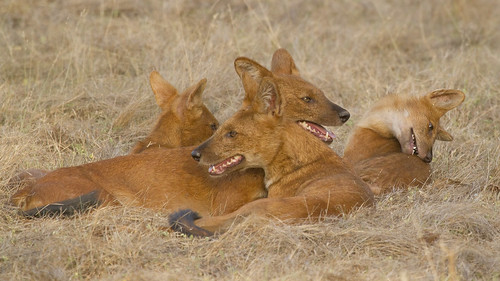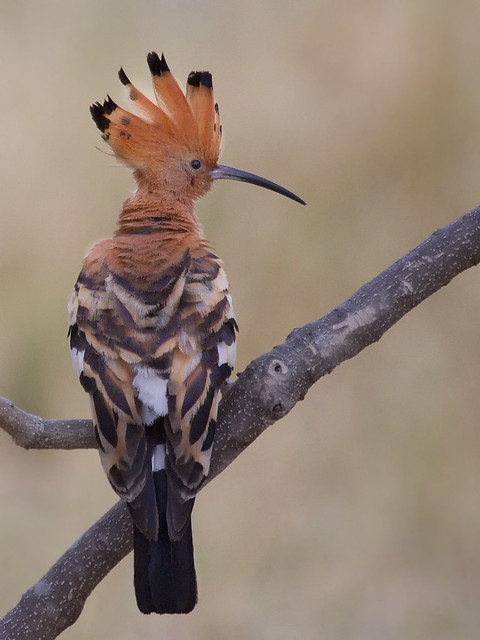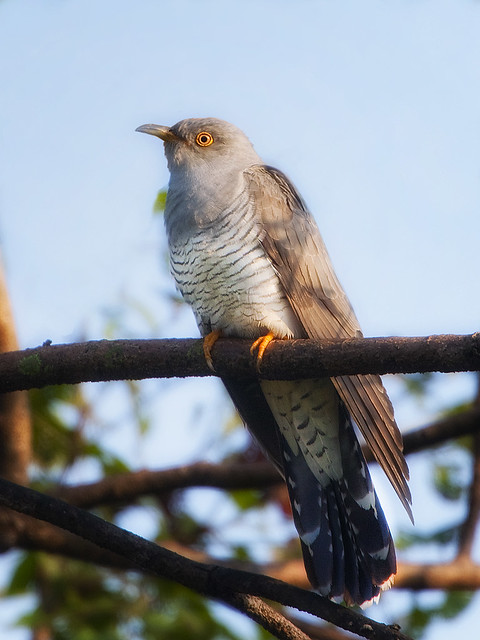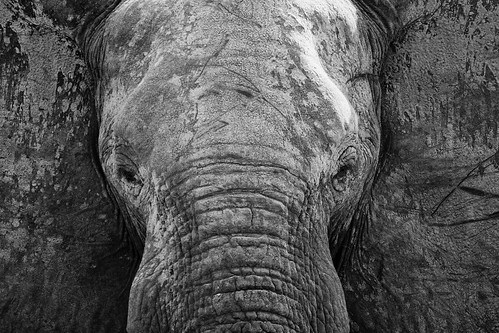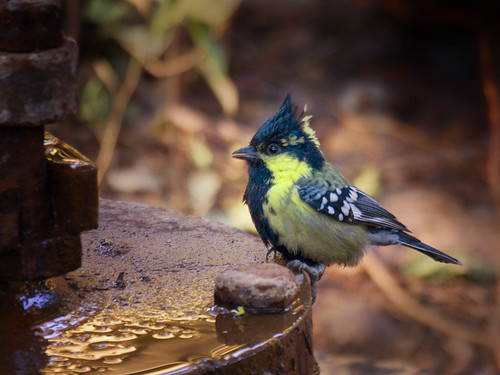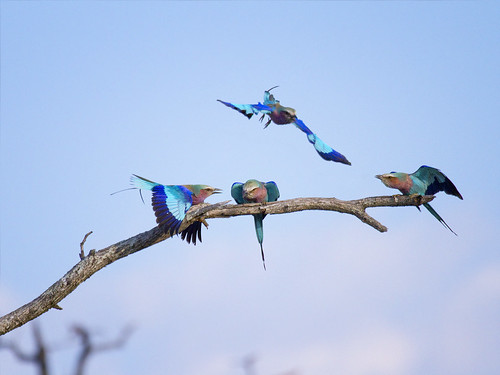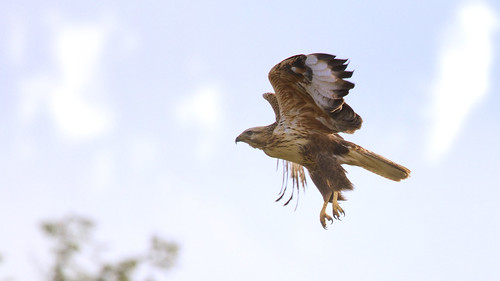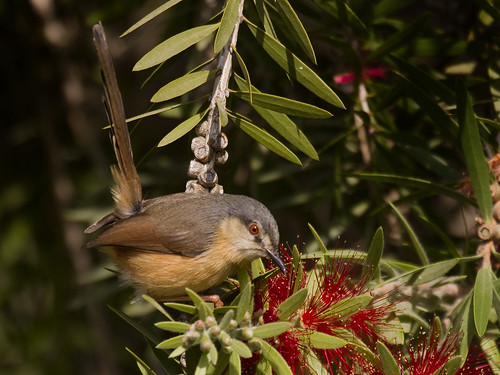
Known as one of the “big five”, “Black Death” or “widowmaker” in Africa, the African buffalo is widely regarded as a very dangerous animal, as it gores and kills over 200 people every year. Buffalo are sometimes reported to kill more people in Africa than any other animal, although the same claim is also made of hippos and crocodiles. Buffalo are notorious among big game hunters as very dangerous animals, with wounded animals reported to ambush and attack pursuers.
